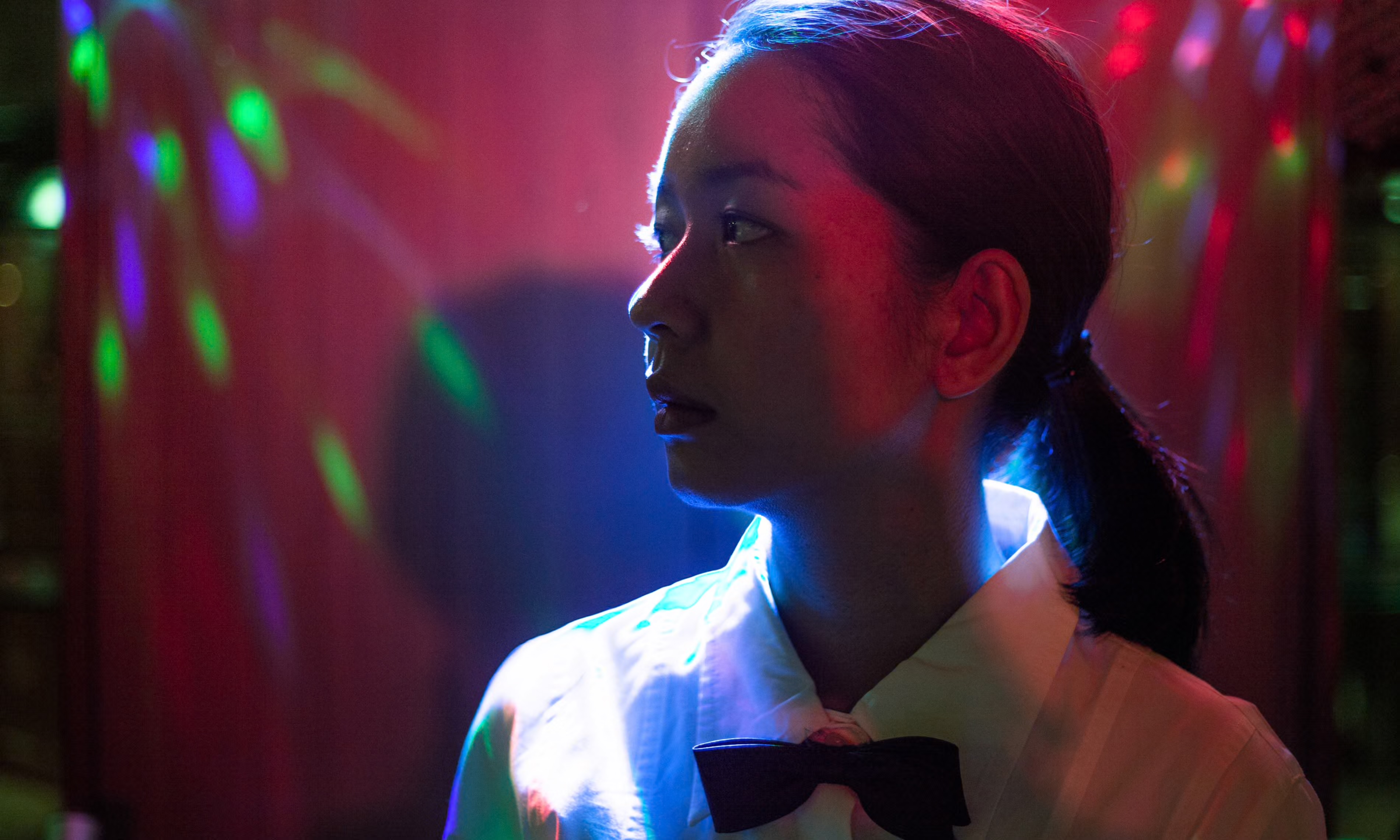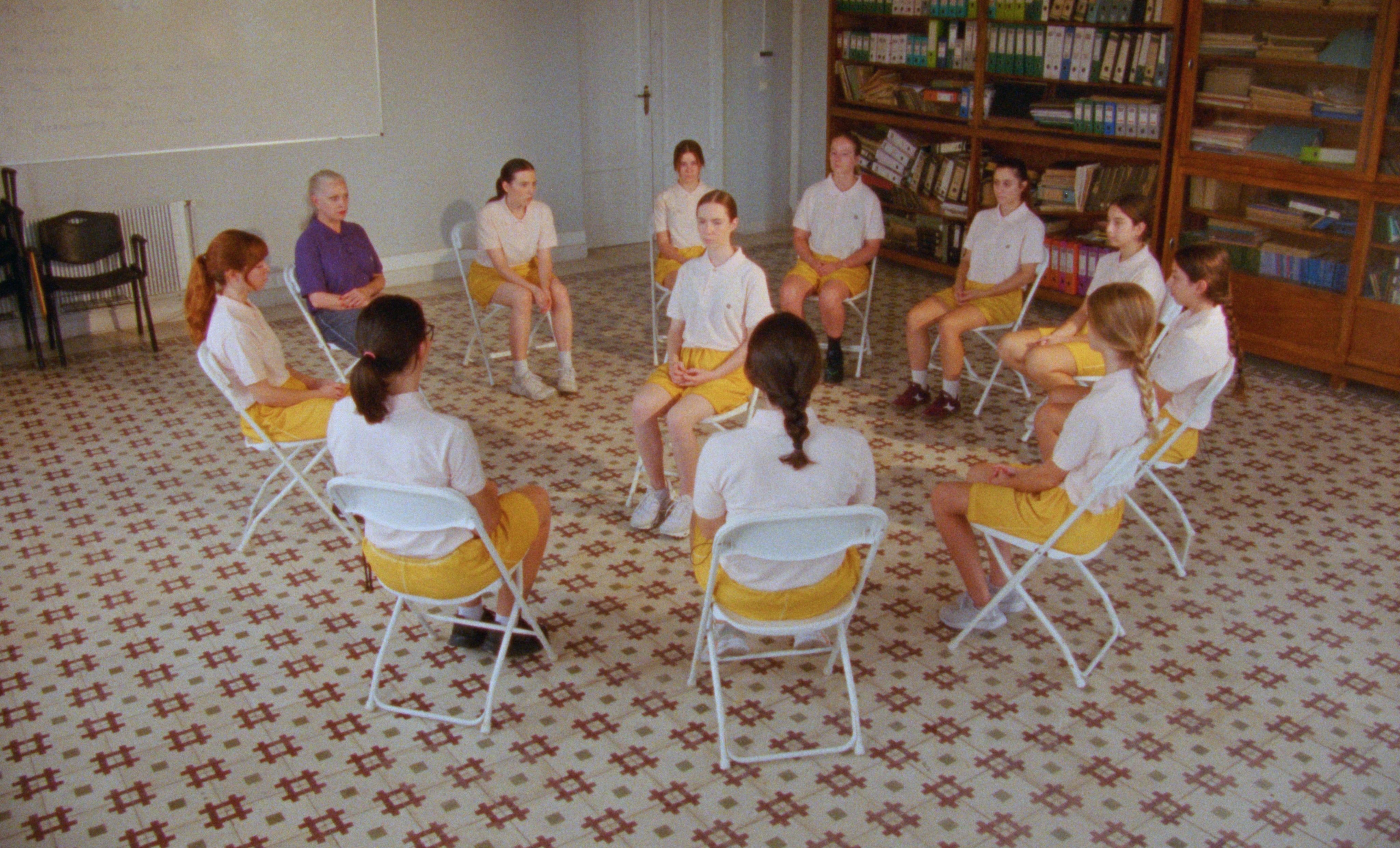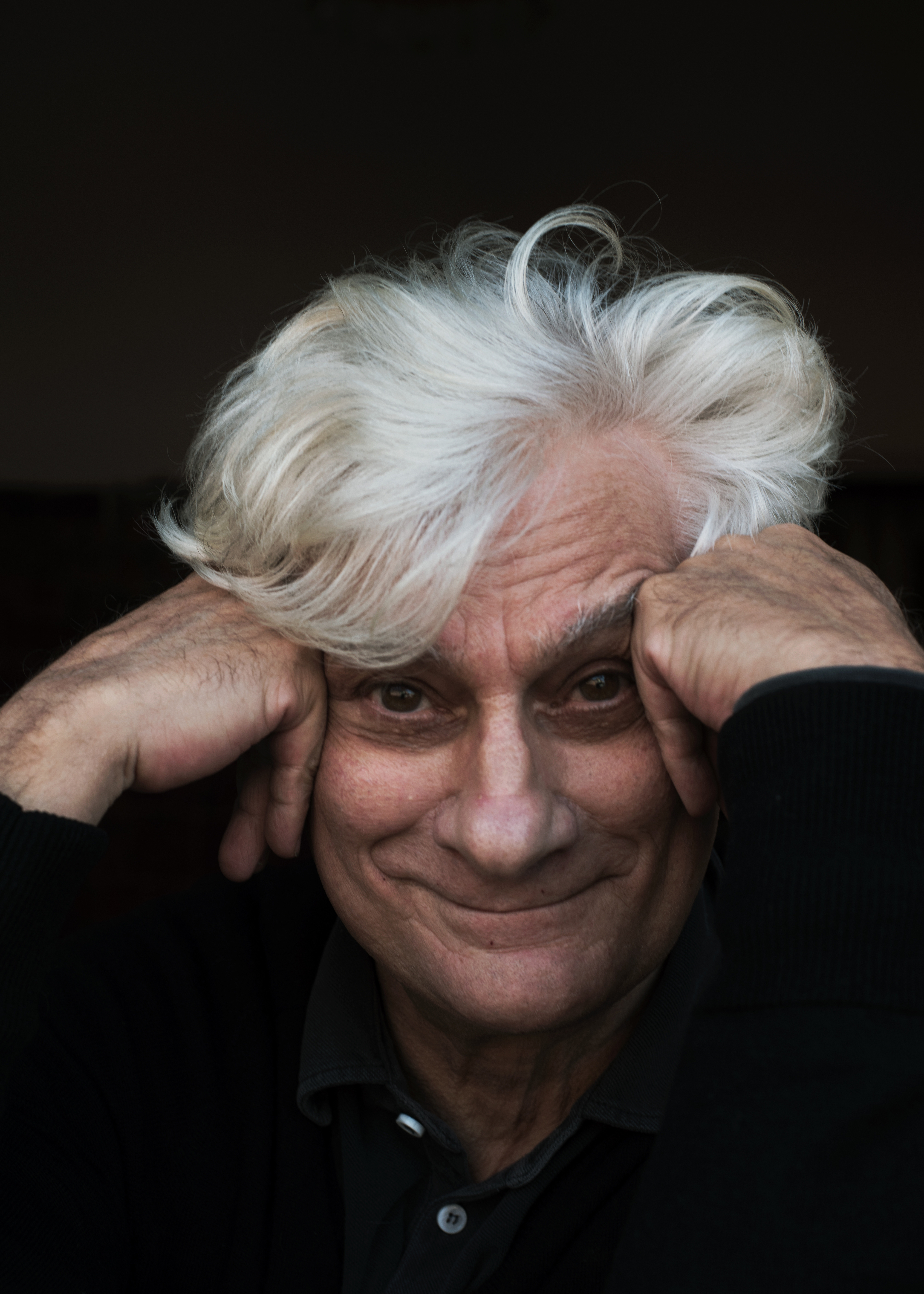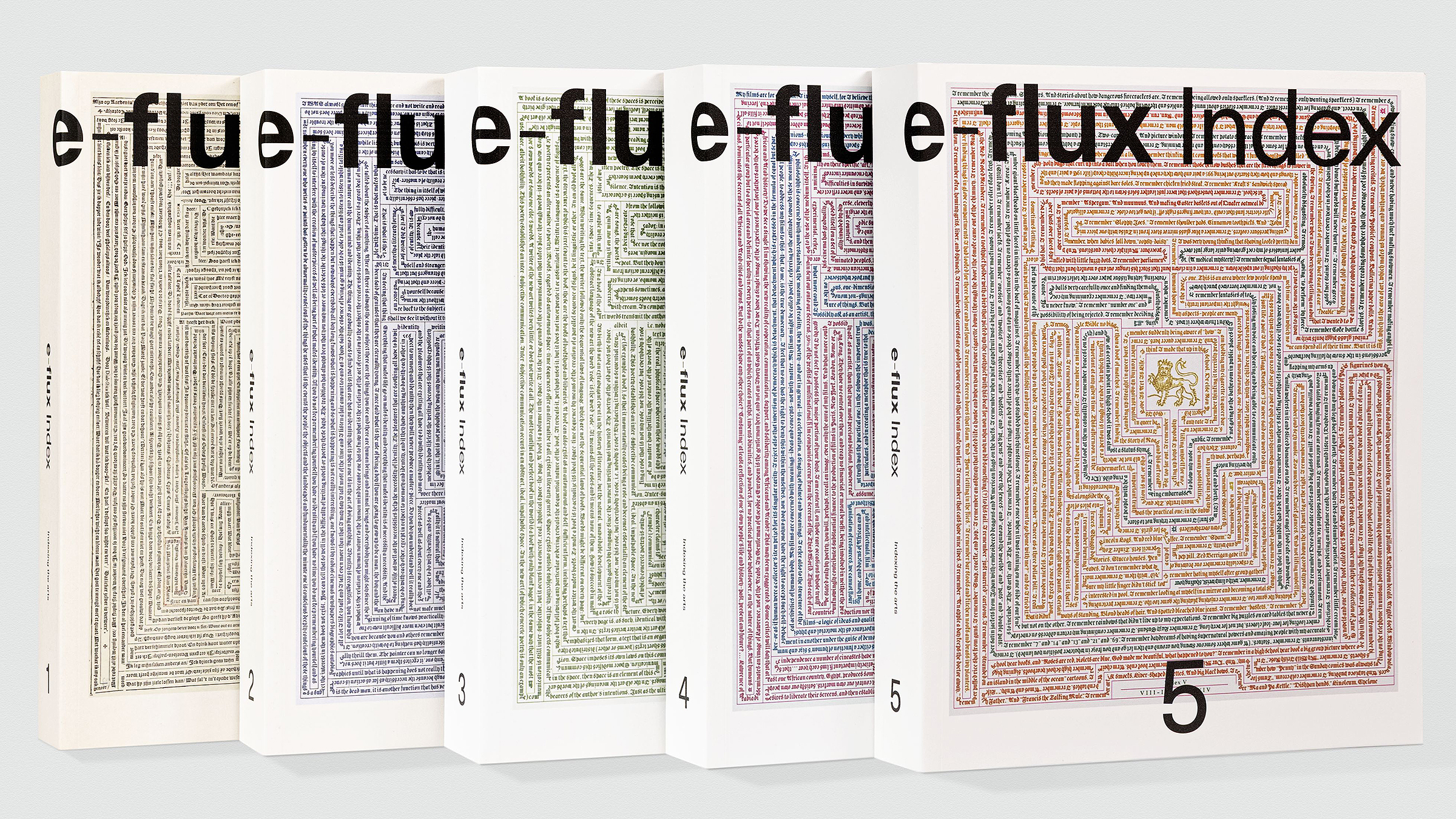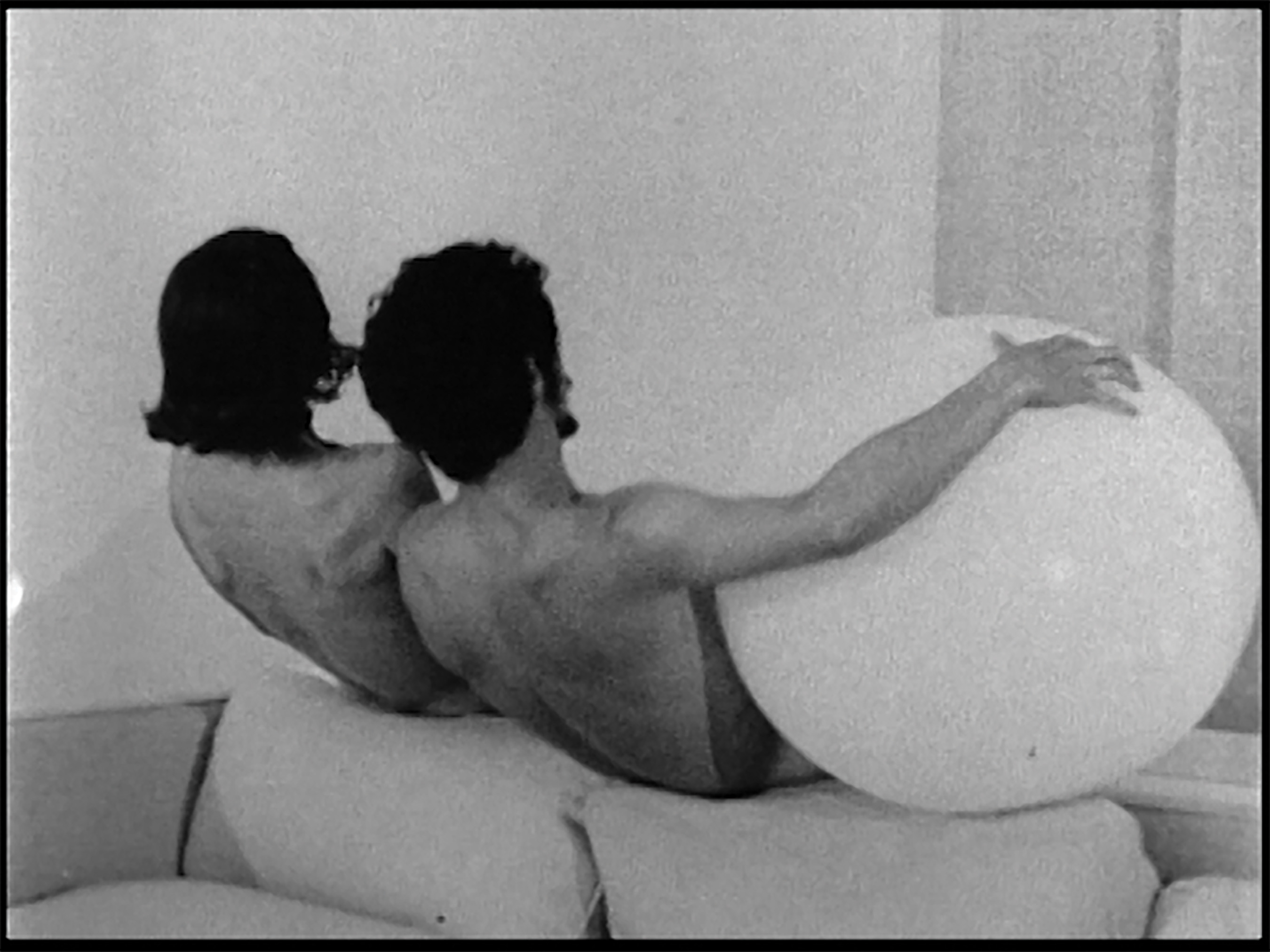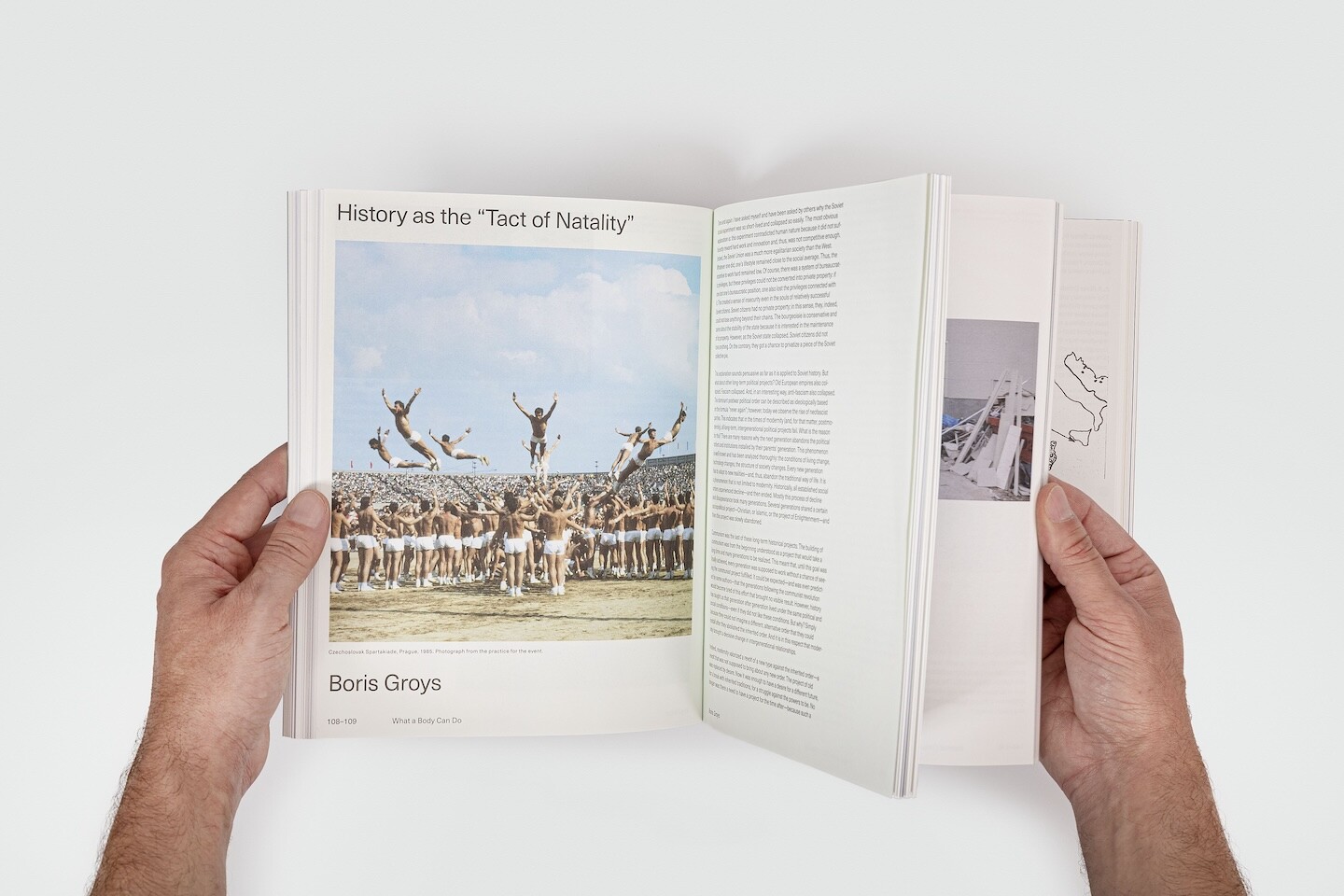Kobanê Is Not Falling
by Hito Steyerl
More than three weeks after the start of IS attacks on Kobanê in northwestern Syria, the beleaguered city is holding out, defying predictions of its imminent fall. An unlikely combination of coalition airstrikes and urban guerilla warfare by YPG and YPJ defenders partly reversed IS territorial gains in recent days. IS reacted by bringing in reinforcements from the Syrian cities of Raqqa and Deir ez-Zoor as well as heavy weaponry. As of today, Kobanê’s defenders still control most of the city. But the weapons, ammunition, and aid that defenders on the ground have desperately asked for have not yet arrived.
Unfazed by the rumble of frequent airstrikes, female cotton pickers keep working the fields on the Turkish side of the border. Children collect tear gas canisters recently fired off by Turkish armed forces for scrap. A family tries to catch a glimpse of the home in Kobanê they left two days ago. The area has since been engulfed by fighting close to the Mürşitpınar border gate to Turkey.
Around 50,000 refugees (no one knows the exact number) have found provisional shelter in and around the neighboring city of Suruç across the border in Turkey. Its municipal wedding hall, the ground floors of its administrative buildings, its Cultural Center, and several tent camps are now inhabited by hundreds seeking shelter. Displaced families live everywhere in the city, in storage spaces, private homes, and buildings still under construction. The care shown for the displaced is stunning. As in Diyarbakır several weeks ago during the exodus of Yazidi refugees, basic necessities are organized with amazing efficiency and hospitality. Mr. Îhsan Süleymanoğlu of Diyarbakır city council is on site to help coordinate regional relief efforts with local authorities. He humbly credits a long history of internal displacement and flight of Kurdish people. “My father and grandfather experienced the same fate. I did, too. So, yes,” he smiles, “we are prepared.”
The felt pen used by the gravedigger in Suruç to mark the names of the dead on tombstones is running empty. The names of nine YPJ and YPG fighters buried today are barely legible. Three female fighters are among today’s dead, their coffins carried by women during an emotional ceremony attended by hundreds. Dust rises as an excavator pushes dry earth into new graves. Meanwhile, the aluminum coffins are taken back to the hospital for the next transport.
Starting Tuesday, violent and in some cases armed clashes between protesters, sectarian paramilitaries, and police have flared up throughout Turkey. Mass arrests and several disappearances spark fears of a permanent return to the violently polarized situation of the ’90s. Curfews were declared in several southeastern provinces, leading to—apart from dozens of dead and wounded—the postponement of the Mardin Biennial. Three days ago, my admired colleague Șener Özmen joined our discussion in Istanbul via Skype. He was unable to fly out as Diyarbakır airport was closed and live gunshots and explosions were ringing through the city. “Don’t worry,” he smiled at the end of his beautiful contribution emphasizing the need to keep talking about art and literature in the face of difficulty: “Kobanê will not fall.”
As the full moon shines down on the embattled city, the hills close to Kobanê are filled with an incongruent mix of onlookers, including foreign press in full Kevlar body armor, people holding out for their relatives fighting close by, tired children, and myself, still wearing a Moving Museum tote bag.
Turkish armed forces fire flares to add to the confusing scene of giant smoke plumes, ambulance horns, and faces illuminated by mobile phone screens. At the Cultural Center, a brilliant, all-female group of culture workers and municipality officials discusses the role of art with me. I pan to frame resident refugees observing F-16 jets circling above. What is the task of art in times of emergency?
—Hito Steyerl, Suruç, on the morning of October 10, 2014 (with Savaş Boyraz, Leyla Toprak, Salih Șahin)
